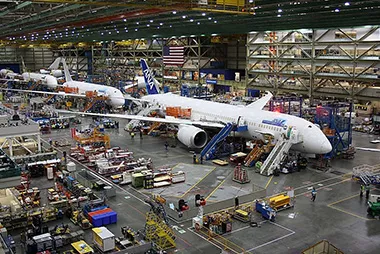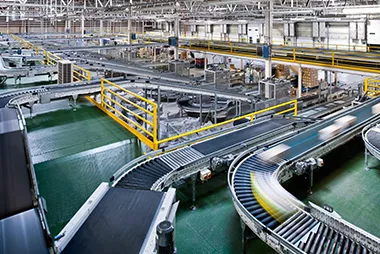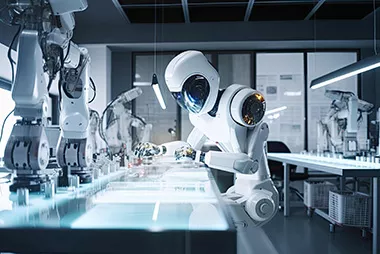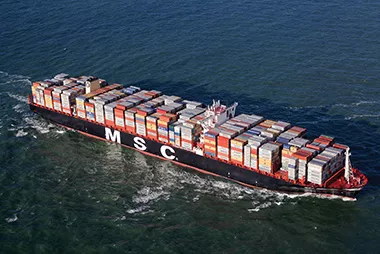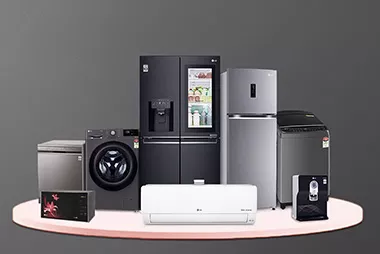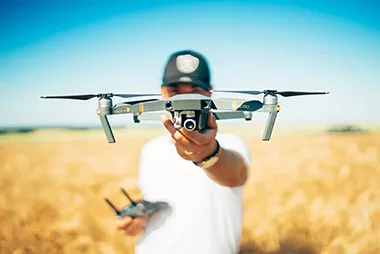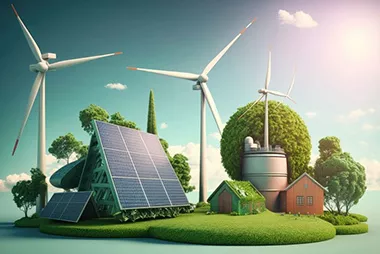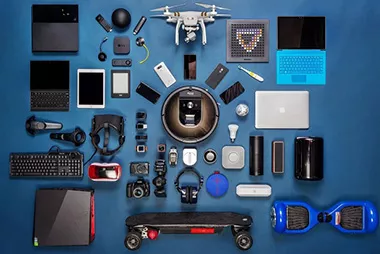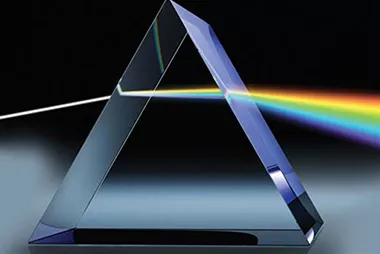Metal Binder Jetting 3D Printing Service
Our online metal binder jetting 3D printing service uses a binder to fuse powder materials to efficiently produce high-quality parts. Ideal for printing complex geometries, it provides a fast, cost-effective solution for prototypes, functional parts and low-volume production across a wide range of industries. Upload your CAD file to get a part quote.
Metal Binder Jetting 3D Printing Manufacturer
As a long-time leader in additive manufacturing, Elimold has helped customers across a wide range of industries transform the way and cost of producing metal prototype parts or low-volume metal parts. Our metal binder jetting 3D printing technology can produce previously impossible shapes and complex custom metal parts, and reduce assembly or iterative design changes, thereby reducing part production time or the need to invest in traditional tooling. We have a team of dedicated engineers dedicated to helping you successfully use binder jetting technology. Our team provides complete systems and support, engineering services and rapid prototyping services to achieve high-value products, and can produce complex metal parts for a variety of applications through our on-demand manufacturing services.
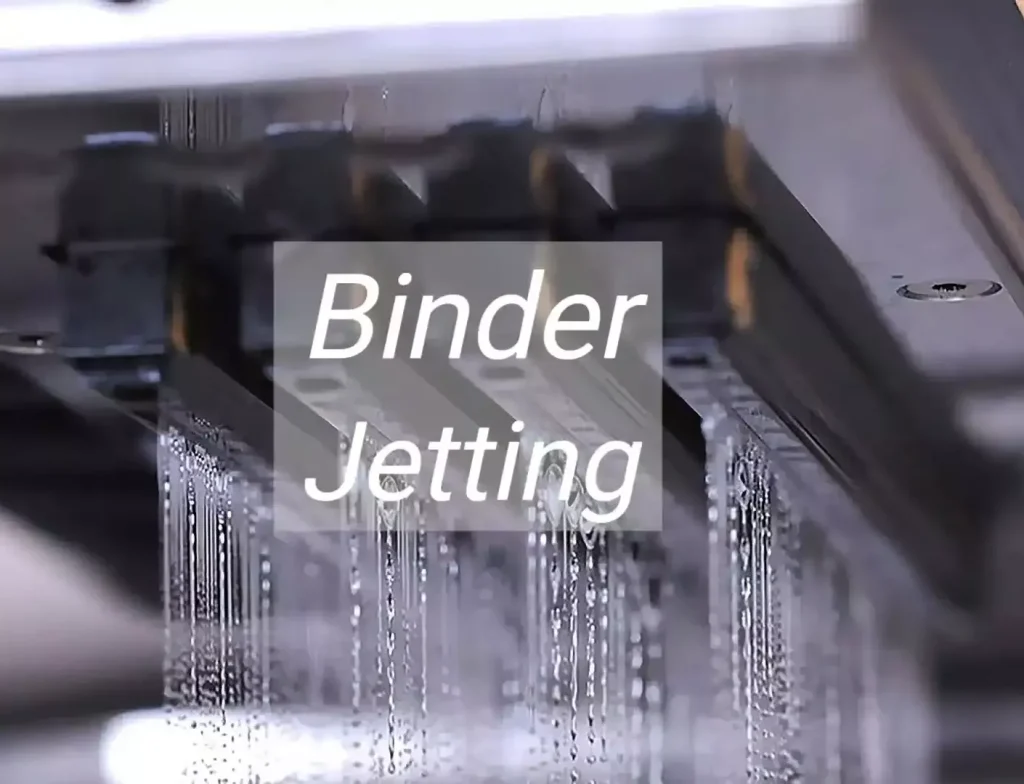
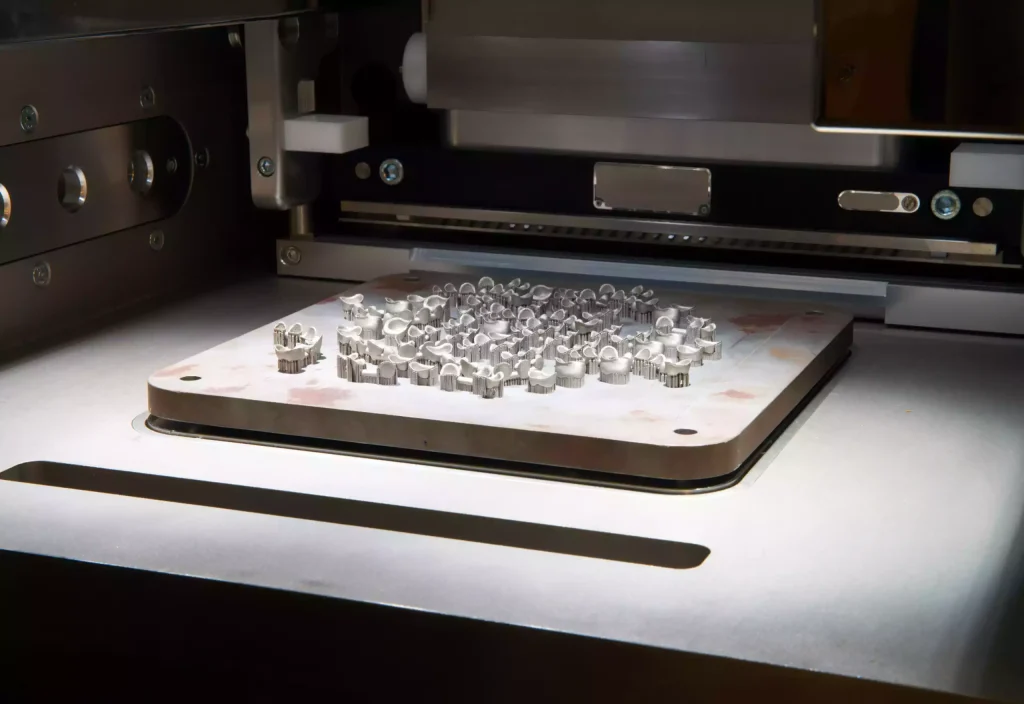
On-Demand Metal Binder Jetting 3D Printing Services
Elimold offers the best online metal binder jetting 3D printing services to create your metal parts. With our expertise in binder jetting technology, you can choose from a variety of options and have them manufactured in our ISO 9001 certified facility. If you have a custom part project that is ready for metal binder jet printing, we have the machines and expertise to provide the parts you need, whether it is one spare part or 10,000. Our on-demand manufacturing services range from a simple digital design upload platform to get parts in a few days or even less, to a full design and engineering service that guides you through the entire process. Ready to make your design a reality? Contact our team who will guide you every step of the way and deliver precision-made parts in as little as four weeks. Let’s bring your concept to life together!
Metal Binder Jetting 3D Printing Facility
Advanced Manufacturing Lab + 250,000 sq. ft. of additional metallurgical operations. With 32 high temperature furnaces, the largest continuous high temperature sintering capacity in North America. In-house printing, sintering, secondary processing and automation drive MBJ’s mass production. Choose Elimold as your manufacturing partner to produce highly complex, fully functional 3D printed metal parts. With the largest binder jetting printers on the market and industrialized sintering infrastructure, we are scaling metal binder jetting technology for mass production.
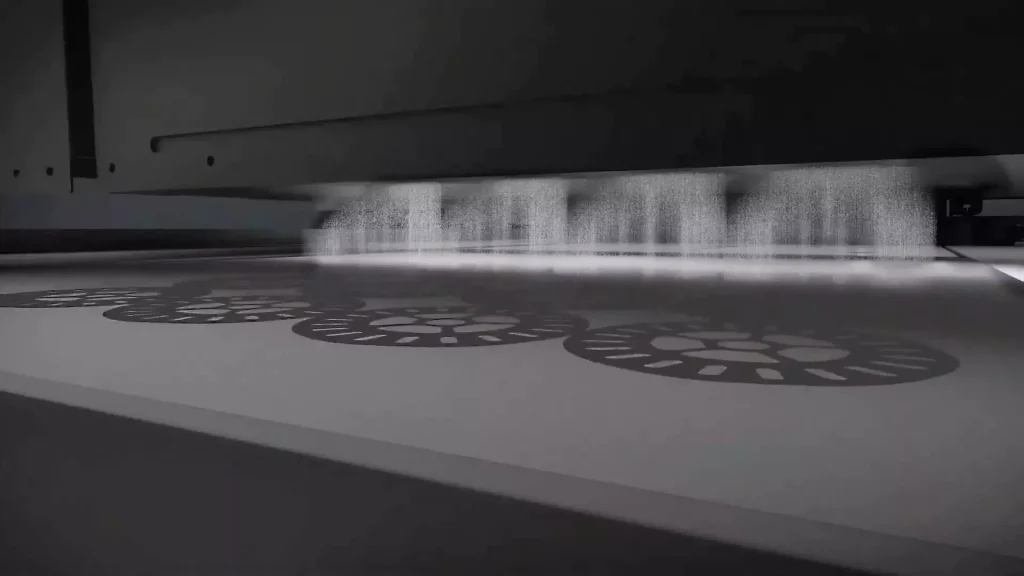
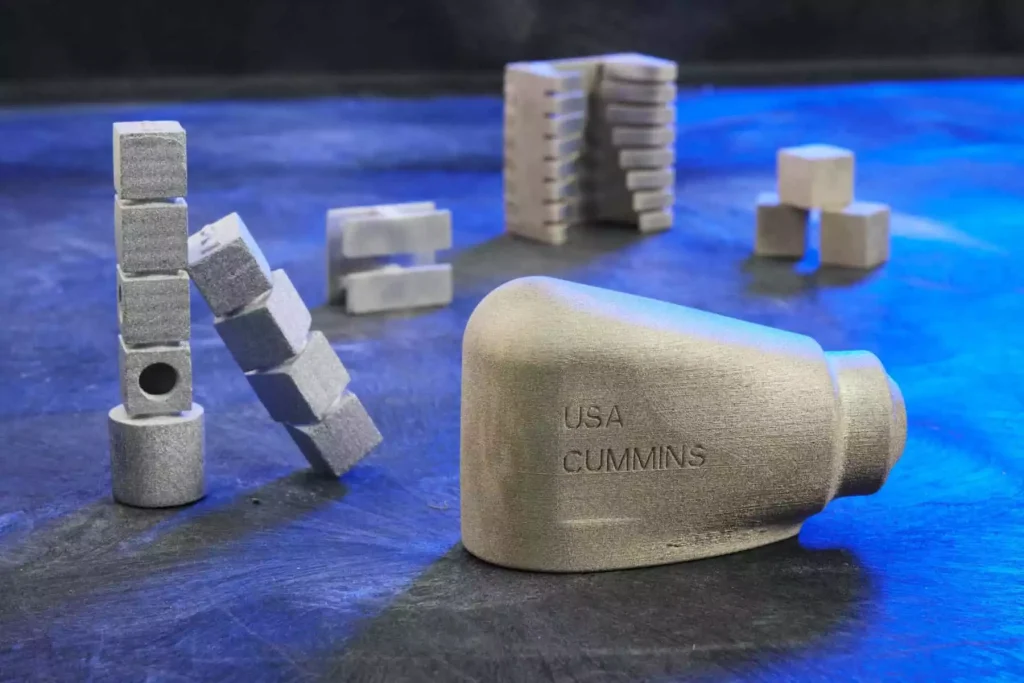
Our Capabilities
- Build Size: 15″ x 10″ x 10″ (400 x 250 x 250 mm)
- General Tolerances: Depending on the part’s size and geometry, parts may shrink 0.8%–2.5% during cooling. Internal geometries, such as slots and holes, may shrink as much as 5%
- Layer Height: 0.004” (0.1 mm)
- Surface Roughness: 30 to 200 µin Ra, depending on build orientation, finish, and material used for the build
- Density: 95%+ for infiltrated, 98%+ for single alloy. Density is homogeneous.
Types of Binder Jetting Technology
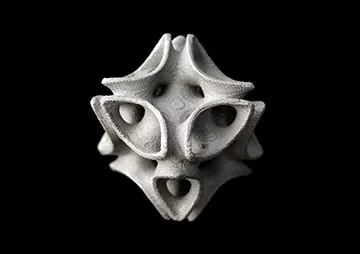
Binder Jetting With Single Print Head
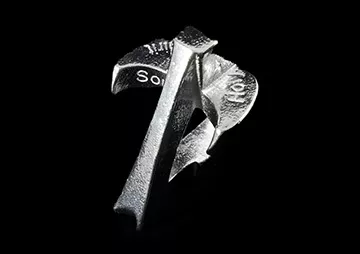
Binder Jetting With Single Pass Jetting
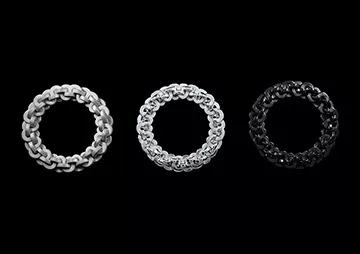
Binder Jetting With Full Layer Jetting
Metal Binder Jetting is Best for Smaller Components
Our Metal Binder Jetting technology is best suited for parts up to 5 x 5 cm in size, as cooling after sintering can cause part deformation. While support-free printing offers a lot of design freedom, ensuring geometric tolerances after sintering can be a challenge if the print exceeds the recommended dimensions or the geometry has overhangs. However, printing smaller parts allows for a higher level of detail and finer geometries as it is not limited by the laser melt pool.
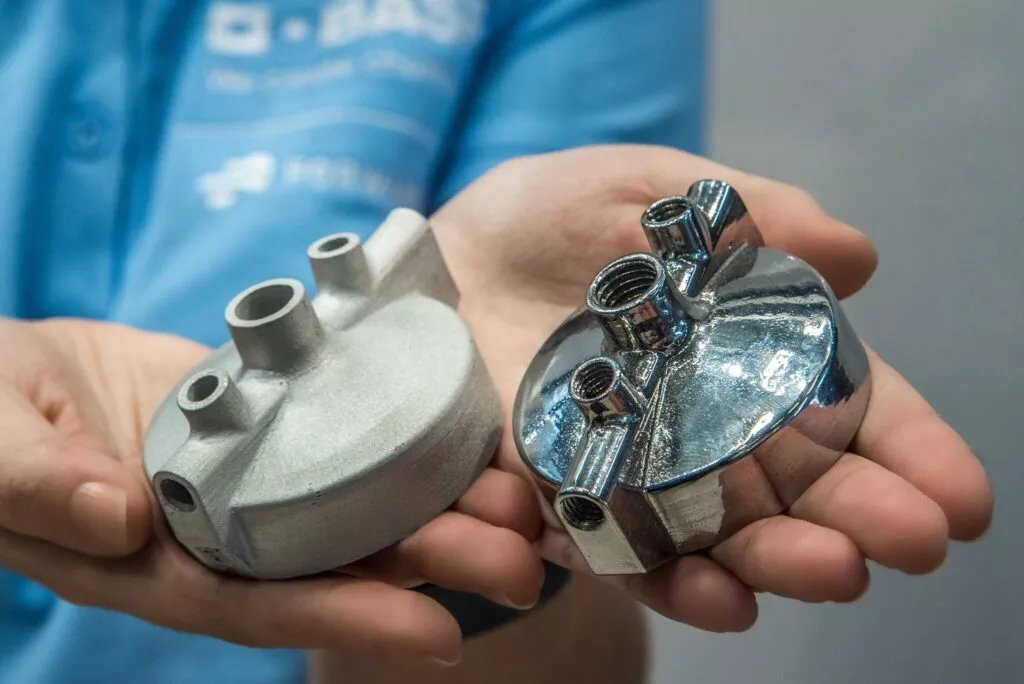
Ready to start your project?
Contact the Metal Binder Jetting (MBJ) 3D printing experts today! Our team is standing by and ready to answer your questions or provide a quote for your project.
Our Metal Binder Jetting 3D Printing Equipment Capabilities
The binder jetting equipment used in Elimold’s in-house 3D printing facility has one of the largest build volumes of any 3D printing technology (up to 2200 x 1200 x 600 mm). These large machines are often used to produce custom metal parts. Metal binder jetting systems typically have a larger build volume than DMSL/SLM systems (up to 800 x 500 x 400 mm), allowing multiple parts to be manufactured in parallel at the same time. However, due to the post-processing steps involved, the maximum part size is recommended to be no more than 50 mm in length.
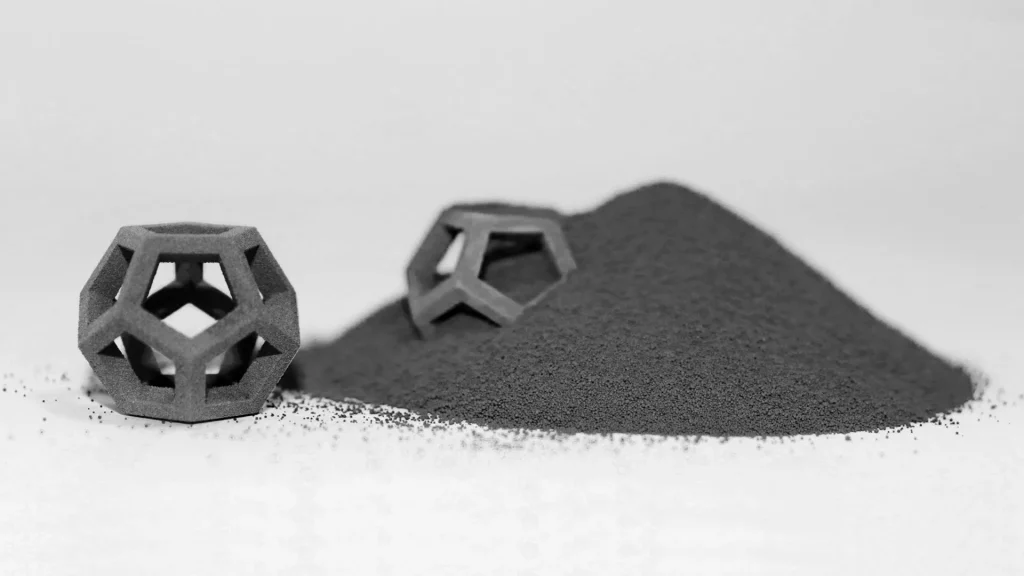
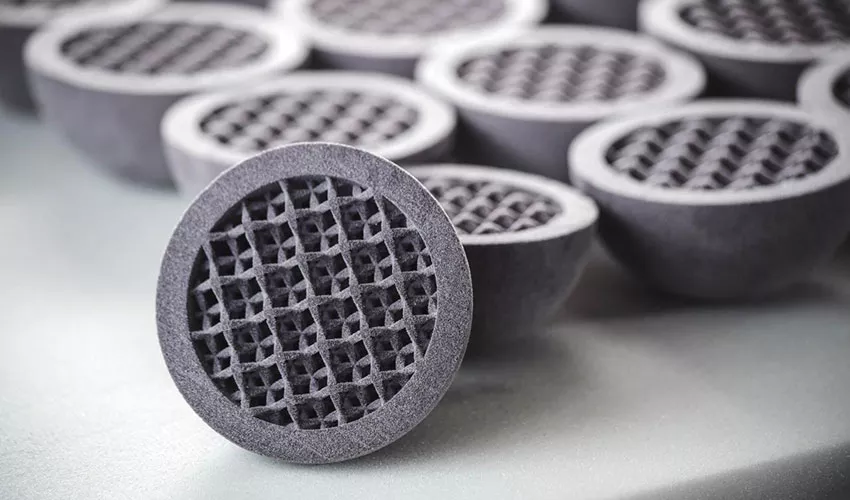
Engineering Design Capabilities
Elimold’s metal binder jet printing services enable you to quickly develop new designs and mass produce them on the exact same equipment. With us, you can work with our team of engineers with extensive binder jetting expertise who know how to design, develop, and deliver the parts you need. Leveraging this technology enables you to eliminate tooling costs and lead times from traditional manufacturing while gaining design freedom and scalability. In addition, all of our design engineers have extensive experience in model design and manufacturing. This experience enables our in-house team to find creative solutions to even the most challenging design and manufacturing problems in 3D printing.
DFM Services: Design and Layout
We offer design for manufacturability (DFM) services, so once our engineering team has solved the material feeding strategy for a project, we move on to planning the build process for the project. The process consists of multiple stages, starting with a review of the part design, taking into account all process constraints and material properties. Process constraints are set by all process steps, not just by the characteristics of the binder jetting equipment (resolution, build chamber size, etc.). The dimensions of the channel structures that are typically feasible are affected by the powder characteristics and the powder removal strategy, and part features are often likely to deform during the sintering process, which our engineering team understands is often closely related to wall thickness, and may require sufficiently robust handling structures if automated processing is used. Therefore, after designing the parts, our engineers virtually place them in the build chamber, taking into account factors such as anisotropic shrinkage. Depending on how the part is placed, it may be necessary to scale the part using direction-dependent size factors. In addition, when the finished part needs to be sintered, we consider whether the part has a flat surface that can be placed directly on the sintering tray, or does it require a separate sintering support to avoid deformation? In order to be able to develop a comprehensive and reliable manufacturing process, this is the comprehensive work process that our engineers need to carry out when you work with Elimold.
Prototyping & Production Cycles
In a competitive market, speed wins. Leverage a collaborative product development partnership with Elimold to iterate designs faster and more cost-effectively than traditional metalworking methods. Our professional services can significantly reduce your product development time and cost. Simply upload your latest design and specifications and we can produce prototype parts in 10-15 days. Because we use the same production equipment, part production can begin immediately. No expensive molds, tooling or minimum part orders and investment requirements are required. Metal binder jetting is faster than other additive manufacturing technologies and does not require molds like traditional manufacturing. This makes it much faster to market than machining, casting and metal injection molding. Start your custom metal part prototype project and get a free quote today.
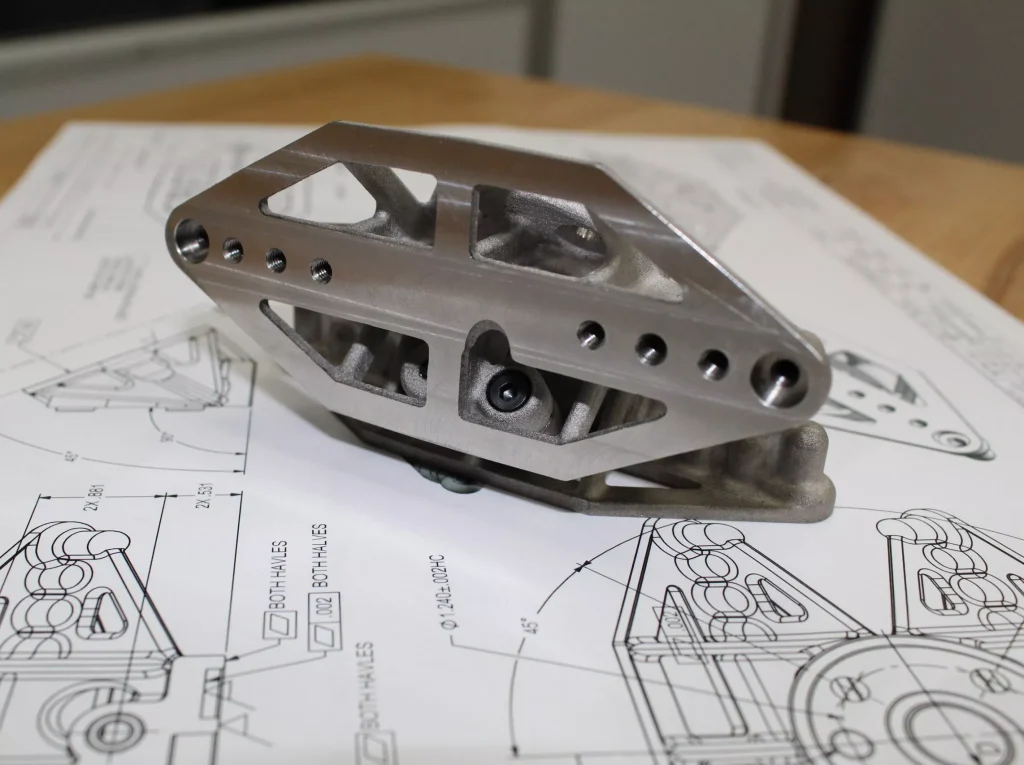
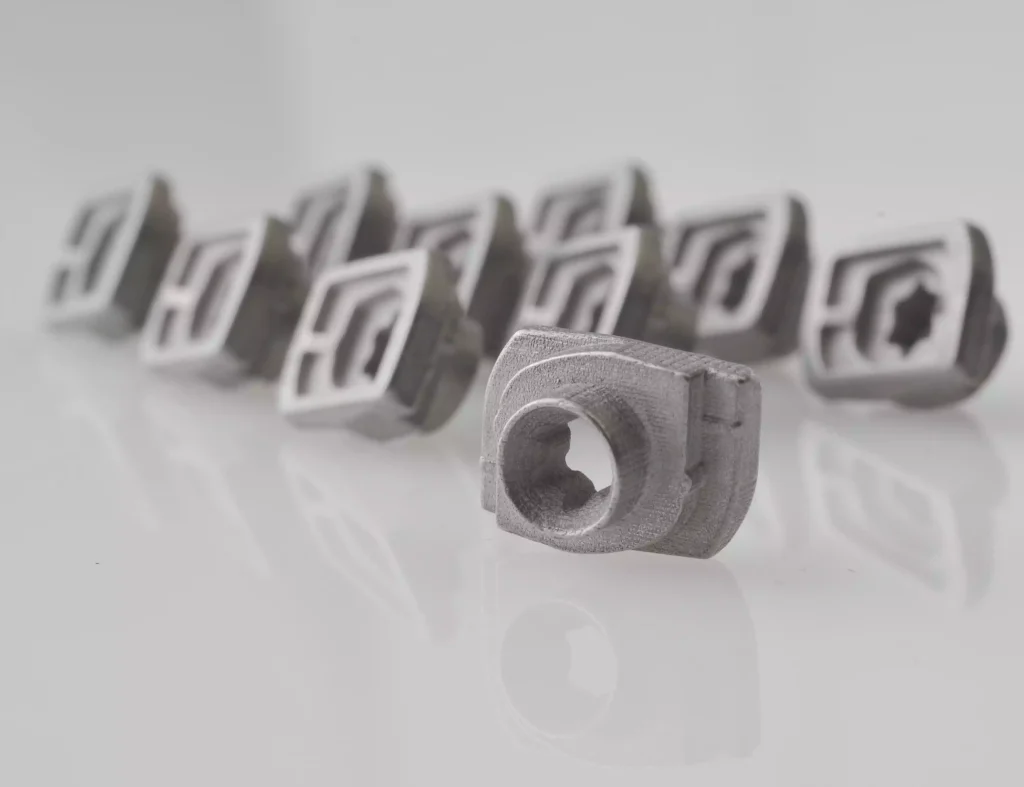
High-Volume Metal Part Production
Because Metal Binder Jetting is a print head technology, it means that the printed parts are not melted during the printing process. Therefore, there is no cooling time to consider. This reduces production time, which helps to improve production efficiency and profitability. Many of our customers want to know about scalability, and Metal Binder Jetting is a great fit for high-volume part production, i.e. when you need to produce a large number of parts. If you need to put printed metal parts into their products and produce 10,000 products per day, Metal Binder Jetting will be the best choice. If you are interested in binder jetting metal 3D printing, contact Elimold today for a quote!
Your partner for industrialized metal binder jetting manufacturing
Unlike other additive manufacturing technologies, Metal Binder Jetting (MBJ) is not limited to prototyping or small series production. As a sintering-based process, the finished parts have properties suitable for real-world applications. Sample parts already correspond almost exactly to finished series parts, which means that the process enables scalable 3D metal printing, accurately reproducing the most complex shapes, not only on an industrial scale, but also within the required time and cost framework. Take advantage of our extensive expertise of more than 20 years in sintering processes and metal injection molding production. We offer a “Binder Design” consulting service covering product engineering and optimization potential, thus inspiring new ideas and realizing our customers’ dream designs.
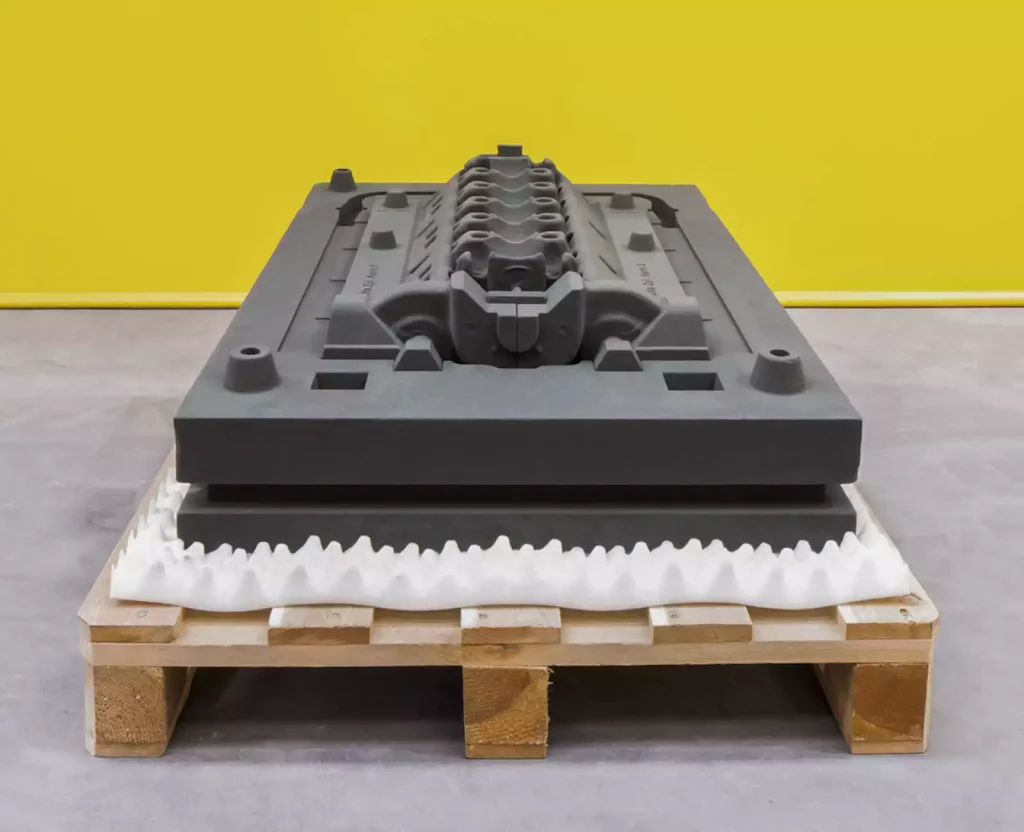
Complete Quality Management Practices
Elimold strictly follows industry material standards such as MPIF 35 and ASTM B883, while maintaining a strict ISO 9001:2015 quality management system. We also have an in-house metallographic laboratory and testing equipment to provide inspection certificates for each part. Qualified equipment and proven processes are prerequisites for production in a regulated environment. Therefore, the management practices of our internal factories include management regulations such as part manufacturing, assembly, materials and processes. Moreover, these complete quality specifications are the first step for Elimold to ensure that the quality of the final manufactured parts can meet the requirements. In addition, our quality management also includes a series of inspections and tests to verify that the parts in the production process and after the completion of the production can meet the requirements. This includes part acceptance testing as well as part assembly and related quality documentation. These requirements are usually derived from industry standards, manufacturers and customer specifications.
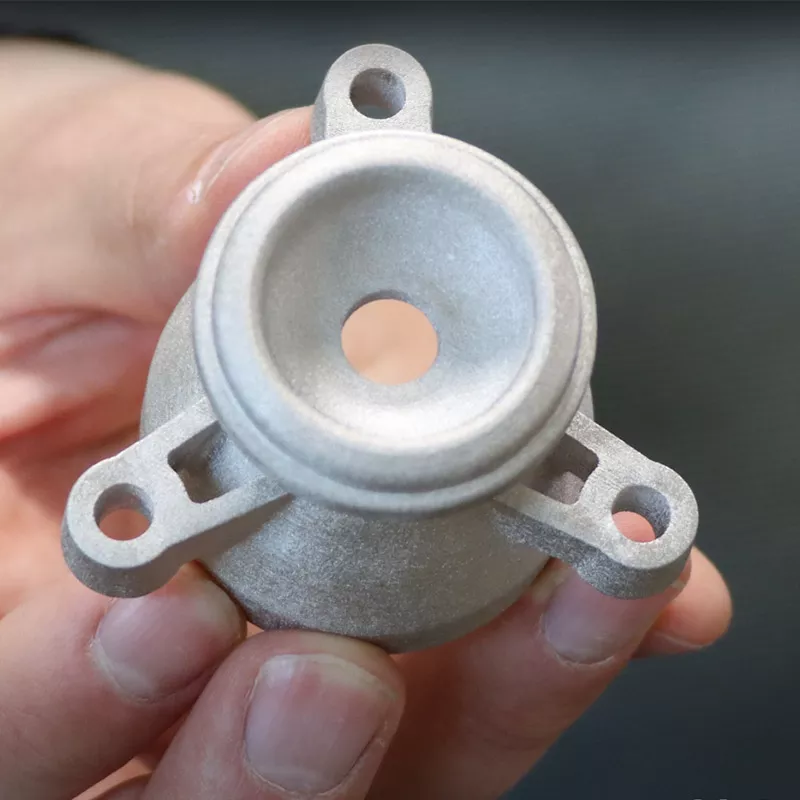
Quality Management Of The Production Process
We use special analyses and online monitoring for quality control purposes for several control aspects of the metal binder jet printing process steps, as well as control of the necessary process environment for safety. During the production process, we implement further control measures. First of all, the incoming inspection of all consumables is essential to ensure the final quality and reproducibility of the parts. In addition, we use different process procedures for each material, such as chemical analysis or powder characterization. And our other quality control measures can also include SOP (standard operating procedures) for all manually performed tasks, documentation and data storage. In order to prevent production downtime, it is necessary to have a spare parts inventory and manage the logistics of materials, parts and consecutive process steps. This also includes the reuse of materials and waste management.
Have a design or idea for a new project?
From prototyping to short-run production, we’ll help you turn your vision into tangible results. Get an instant quote today.
What is Metal Binder Jetting?
Metal Binder Jetting is an advanced additive manufacturing technology that is gaining traction in the manufacturing industry due to its ability to create complex and precise metal parts. Unlike other 3D metal printing methods such as Selective Laser Melting (SLM) or Electron Beam Melting (EBM), which use a heat source to melt metal powder layer by layer, Metal Binder Jetting uses a binder to bind the metal powder. One of the major advantages of Metal Binder Jetting is its speed. Since the binder is applied across the powder layer via a wide print head, the process is much faster than techniques such as SLM or EBM, where the energy source must be moved layer by layer to cover the powder layer. In addition, Metal Binder Jetting technology offers greater design freedom and flexibility, as it is able to create more complex geometries without the need for support structures that are typically required with SLM and EBM. In addition, the technology is able to create internal structures or parts that are difficult to machine with traditional and other additive manufacturing methods. Despite its apparent simplicity, Metal Binder Jetting technology has achieved significant advancements in manufacturing technology and expanded the possibilities for a wide range of industries.

How Binder-Jet 3D Printing Works
In the binder jet printing process, fine metal powder is spread thinly inside a build box. The powder layer can be 0.03 to 0.07 mm (0.0012 in. to 0.0027 in.) thick. The thickness of the powder layer directly affects the resolution of the printed part. A printhead system deposits binder on the powder layer. This process is repeated thousands of times until a complete image of the part is printed inside the build box. The printed part is called a “green part”. The number of parts in the build box per print cycle depends on the size of the printed part.
The build box moves to a curing oven where the binder material crosslinks, making stronger polymer chains more firmly attached to the metal particles. Once curing is complete, the build box moves to a de-powdering station where loose powder particles that have not come into contact with the binder are removed by vacuum suction. This process releases the printed green part for further processing.
The green parts need to be degreased to evaporate some of the binder that holds the shape in place. At this stage, these parts are called production parts. Production parts are sintered in a vacuum sintering furnace. The sintering process is very similar to the process for producing metal injection molded (MIM) parts. After sintering, the material properties are very similar to MIM materials with a density of 98%. Material properties and density can be further increased by hot isostatic pressing (HIPing). After sintering, the parts can be finished, heat treated or electroplated using conventional process steps.
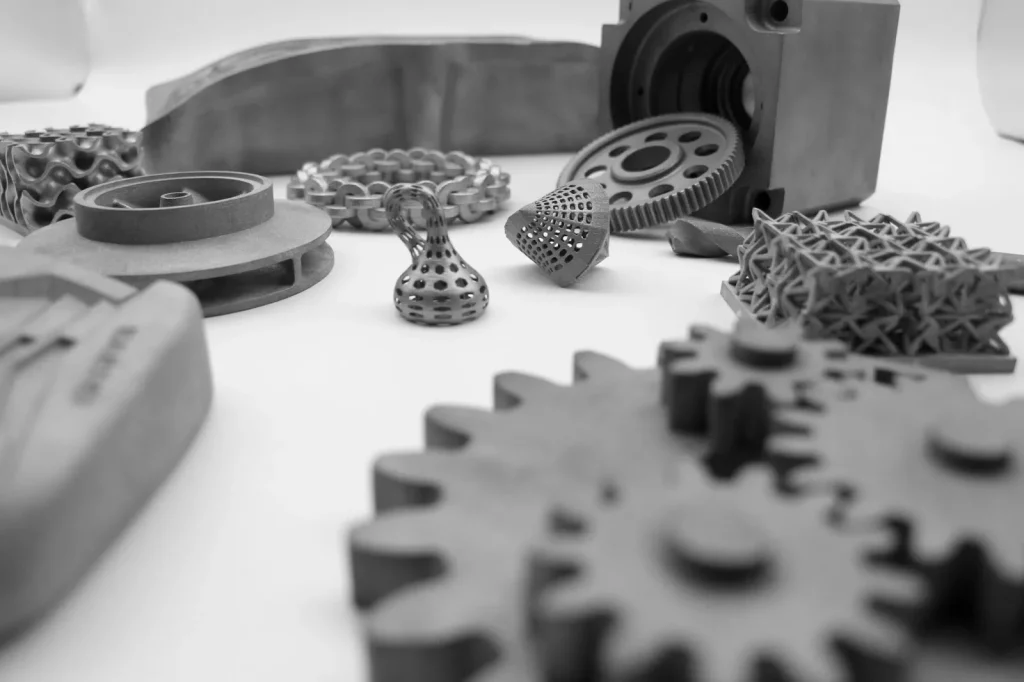
Advantages of Binder-Jet 3D Printing
- Quick print speeds for volume production output
- Parts with internal geometries
- Design freedom for complex designs
- Greater complexity and better surface finish and feature details compared to investment casing designs
- Wide range of material possibilities
- Geometries that are difficult to produce in hard tooling
- Larger sized components for production
- No required initial tooling or retooling
Complete Design Freedom And Flexibility
You no longer have to worry about design issues common in subtractive or traditional manufacturing. Elimold’s team of engineers can help you reduce the weight of your structure and provide alternative materials and design suggestions for your small and complex parts. In addition, binder jet 3D printing equipment has a large build area and fast production speed, making it ideal for producing small and medium batches and fast turnaround parts. Binder jetting technology is fast and affordable, making it an ideal choice for industries that require high-strength parts. Using our extensive expertise in metal binder jet 3D printed part production, including product engineering and a focus on optimization potential, we are able to inspire new ideas and realize the design of your custom part project.
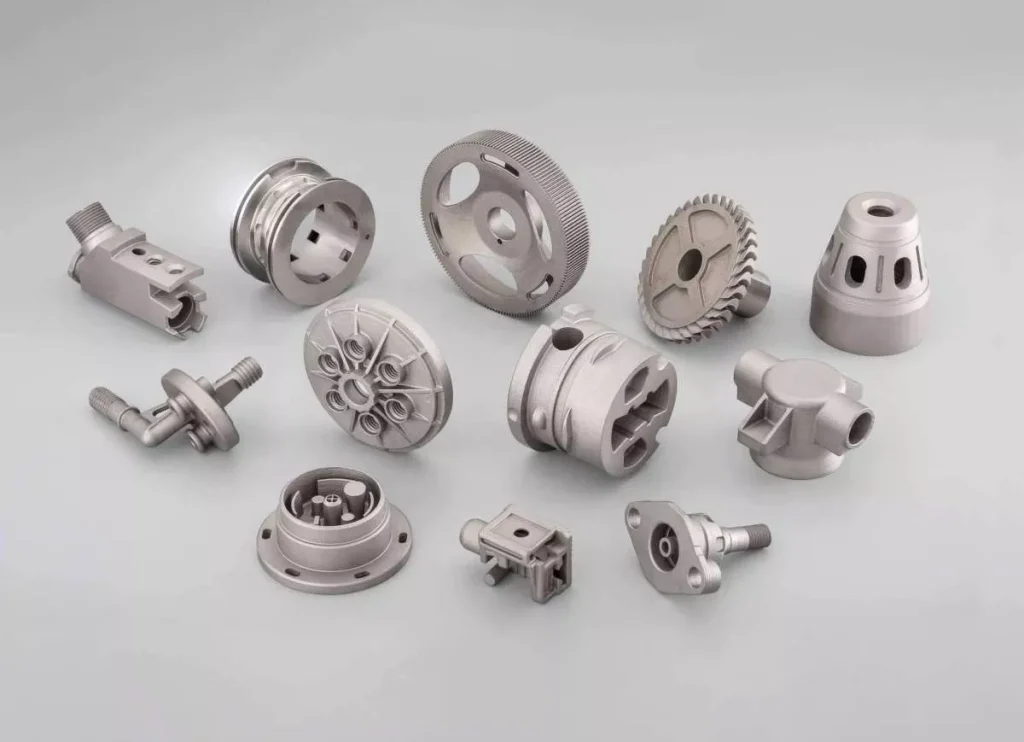
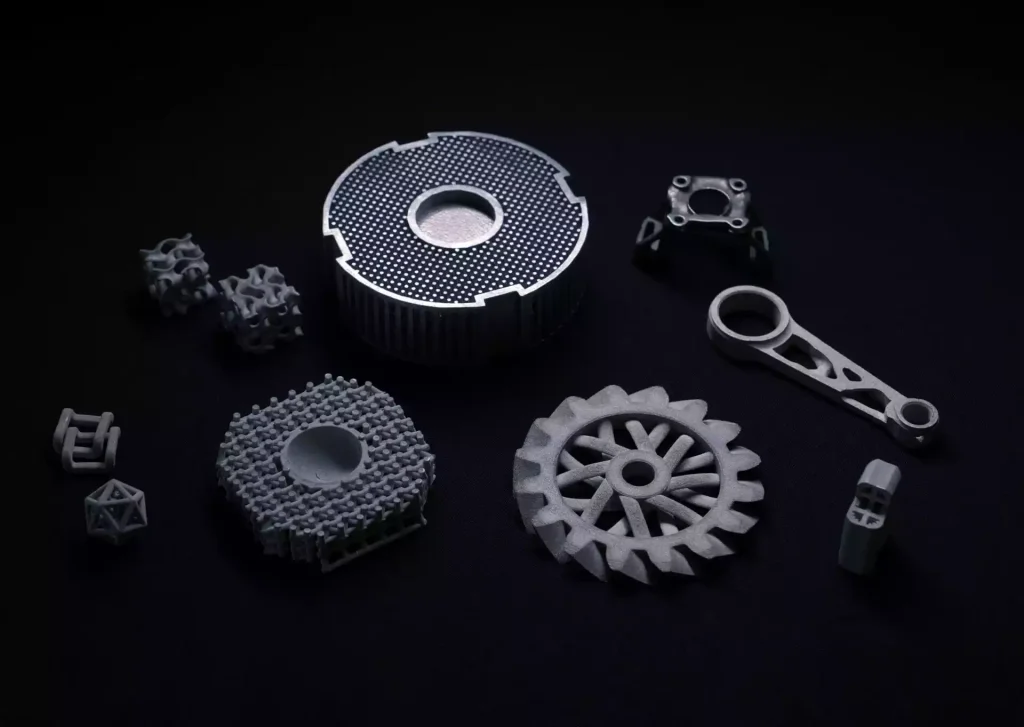
Material Options
- Stainless Steel 316l
- Inconel 625
- Titanium Ti6Al4V
- Aluminum AlSi10Mg
- Cobalt-Chrome (CoCr)
- Bronze
- Nickel Alloy 718
- Tungsten (w)
- Inconel 718
- H13 tool steel
- Copper
- X1 Metal 420i
- X1 Metal 316i
- Single alloy 316L SS
- Stainless Steel 17-4PH
- Steel
High-quality surface finish and high production volume
The metal binder jet 3D printer used by Elimold can print parts with a surface finish of 2.5 to 3 Ra. The high-quality surface finish minimizes tedious post-processing, saving time and resources. The advantage of metal binder jet technology compared to DMLS/SLM is the surface roughness of the parts it produces. Typically, metal binder jet parts have a surface roughness of Ra 6 μm after post-processing, which can be reduced to Ra 3 μm with shot peening. In contrast, the printed surface roughness of DMLS/SLM parts is about Ra 12-16 μm. This is especially beneficial for parts with internal geometries (such as internal channels) that are difficult to post-process. In addition, due to the large print bed size, we can mass-produce parts in a single cycle. The ability to print complex thin-walled parts without designing supports and the ability to efficiently produce hundreds of components in a single cycle are also highlights of the advantages of this technology. As we continue to invest in advanced additive manufacturing technologies, we will continue to take full advantage of advanced 3D printing technology to produce high-quality, precision parts for some of the world’s most demanding industries.
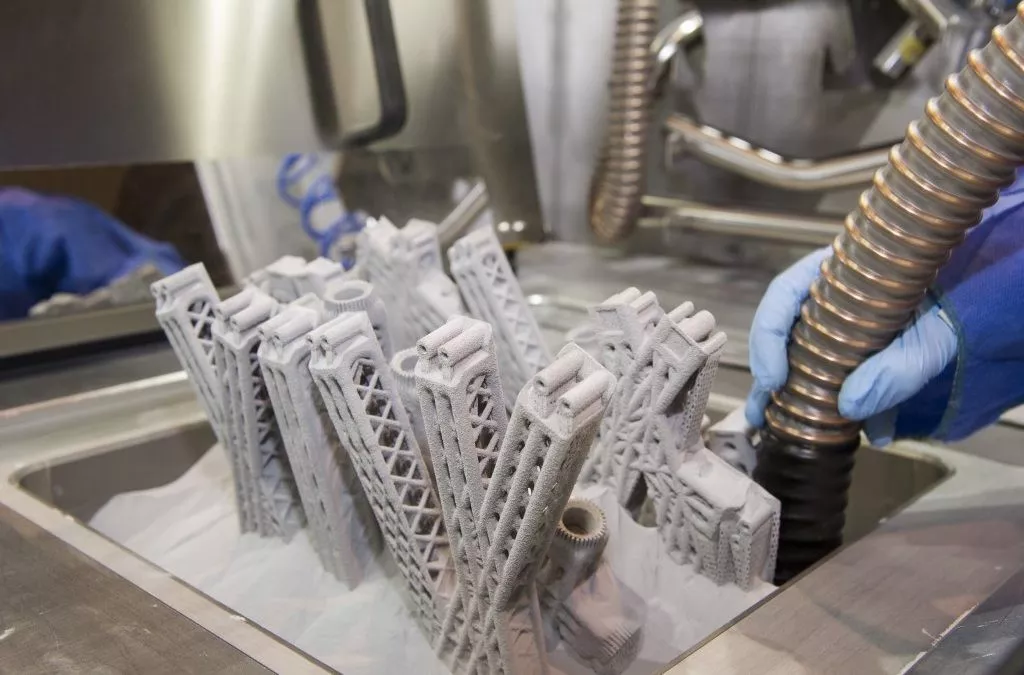
Post-processing
Post-processing of green parts is a critical step in the overall process flow, as the control measures taken during post-processing are directly related to the final part quality. Therefore, post-processing includes demolding and de-powdering of green parts, regardless of the additive manufacturing system. The strategy for these steps is adjusted according to the geometry of the part; if the part has a simpler geometry, we can easily handle and de-powder it by tapping, brushing or compressed air blasting, or according to geometric features (such as channels or small undercuts) and the flow characteristics of the powder. If these measures are not enough. We use other methods, including controlled vibration or immersion and ultrasonic excitation.
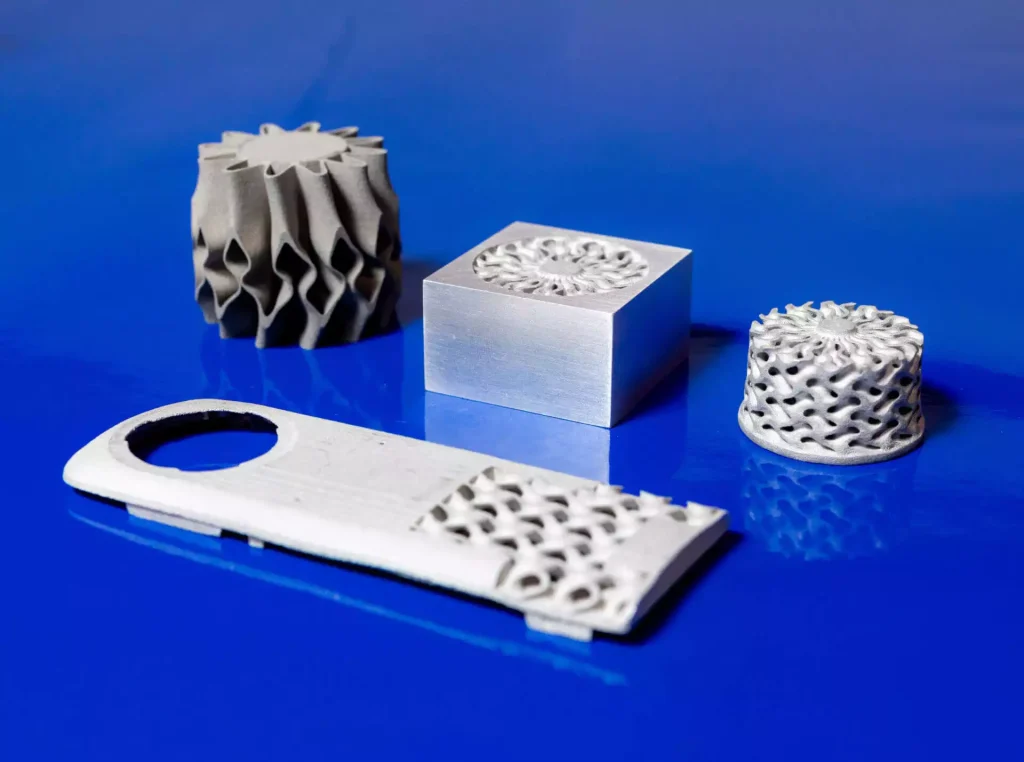
Post-Processing Sintering Capabilities
Our Elnik 3045 batch sintering furnace and CM continuous sintering furnace are designed specifically for processing metal binder jet parts. With a full range of tools required to analyze sintered parts, we can develop and modify the sintering process in-house. Typical sintering cycles are 22 to 28 hours, depending on the specific alloy. Our sintering furnaces can sinter in both hydrogen and nitrogen environments, which allows us to develop additional materials in the future as business demands. The optimal part size for our sintering furnaces is approximately the size of a baseball. However, we can also adjust the sintering cycle to sinter larger parts.
Surface Treatment
Our stainless steel 3D printed parts printed using metal binder jetting technology are post-processed using our standard “Zirblast” surface treatment process. This zirconium oxide-based ceramic blasting surface treatment process gently peens the surface without significantly changing the fine features or dimensions of the part. The result is a uniform, matte, light gray surface with a slight satin texture. The following surface treatments are also available.
- Sand Blasting
- Polishing
- Manual Tapping
- Helicoil Inserts
- Surface coatings
- Heat treatment
- Spray Painting
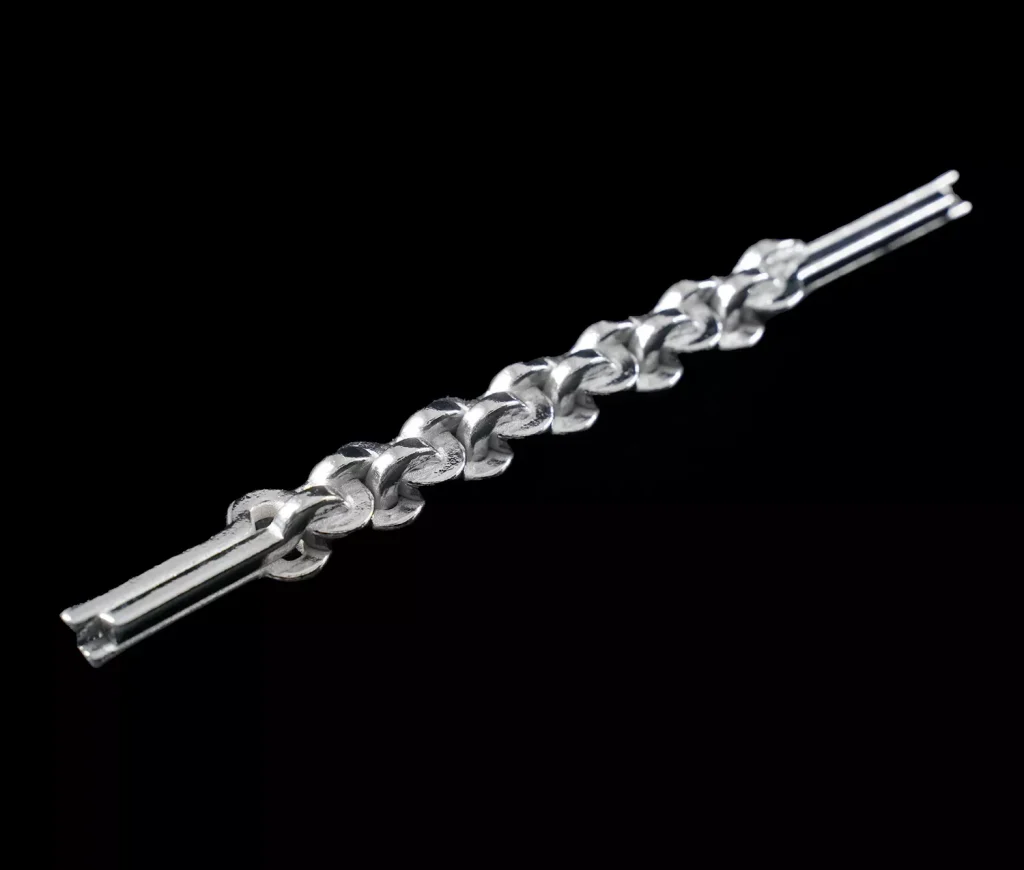
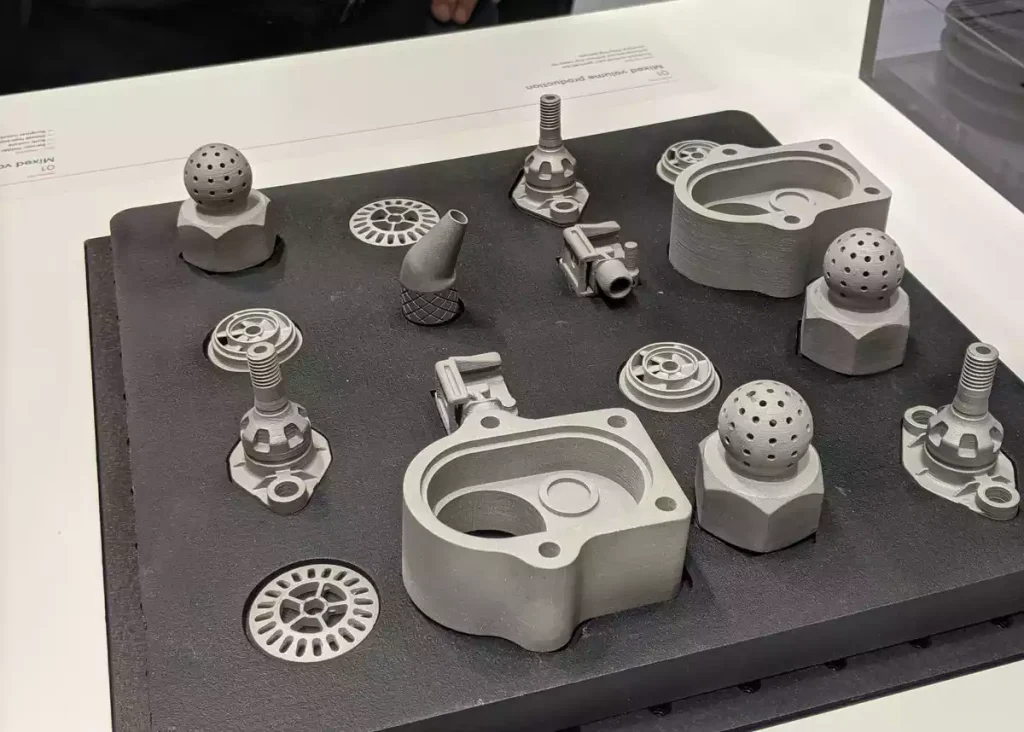
Differences between Metal Binder Jetting and Other Metal 3D Printing Processes
Metal Binder Jetting is up to 10 times more economical than other metal 3D printing processes (DMSL/SLM). In addition, the build volume of binder jetting is quite large and no support structures are required during the printing process, which enables the creation of complex geometries. This makes metal binder jetting an attractive technology for low- and mid-range metal production. The main disadvantage of metal binder jet parts is their mechanical properties, which make them unsuitable for high-end applications. Nevertheless, the material properties of the parts produced are comparable to those of metal parts produced by Metal Injection Molding (MIM), which is one of the most widely used manufacturing methods for mass production of metal parts.
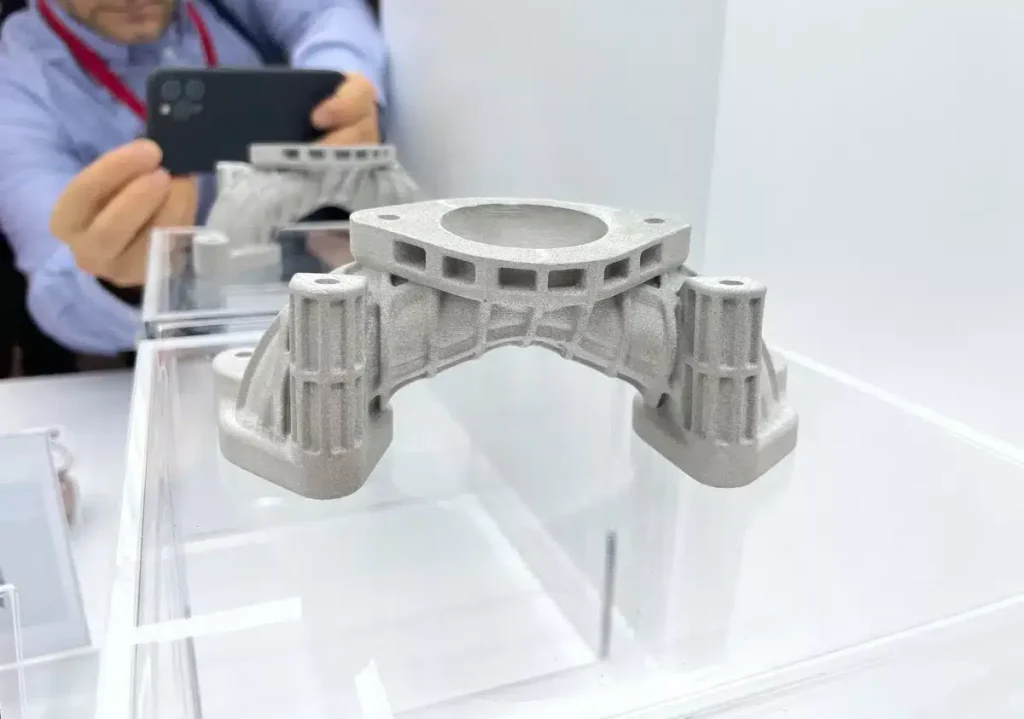
Metal Binder Jetting Solutions
Traditional subtractive metal processing processes generate a lot of waste and are time-consuming and labor-intensive. These process routes also severely limit the design freedom of the product. The Binder-Jet 3D printing process is an additive manufacturing process that minimizes or eliminates waste and provides almost full freedom in component design. The process allows unlimited design modifications during product development without time delays, helping design engineers to achieve the best design quickly and at the lowest cost. Sintering additive manufacturing requires a lot of expertise, which is exactly what Elimold specializes in. With this expertise, the company with its production site in China can identify potential problems in advance and know how to prevent them.
Other 3D Printing Services
The beauty of additive manufacturing is that each method can be adapted to meet specific project needs. 3D printing is a revolutionary technology that allows us to create parts with exceptional detail, consistent quality, and incredible speed. At Elimold, with our 3D printing technology and team of experts, we will make the once impossible possible for you. Below are the common types of 3D printing services we offer.
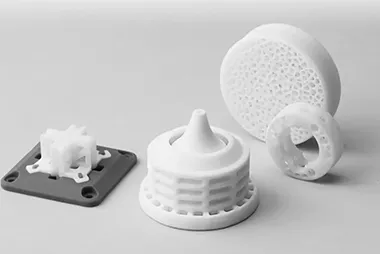
Stereolithography (SLA)
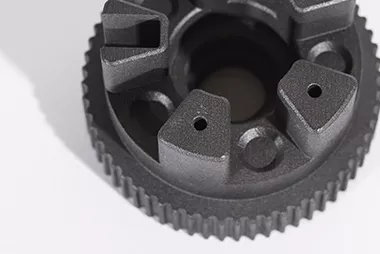
Selective Laser Sintering(SLS)
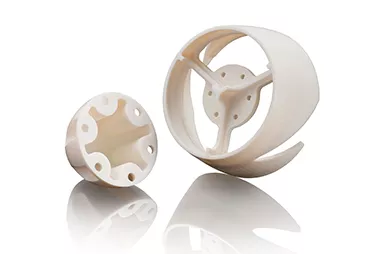
PolyJet
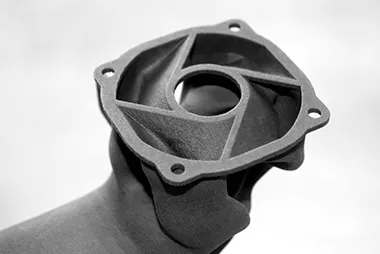
Multi Jet Fusion (MJF)
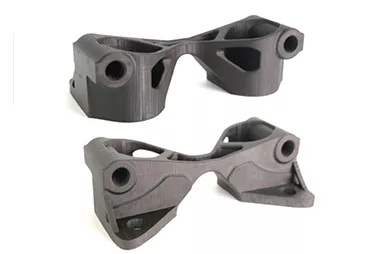
Digital Light synthesis(DLS)
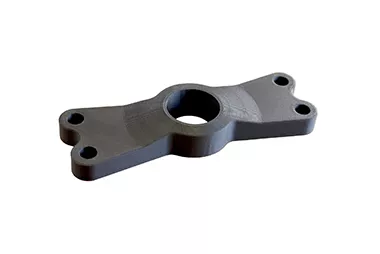
Fused Deposition Modeling (FDM)
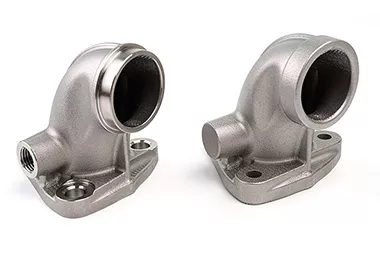
Direct metal laser sintering (DMLS)
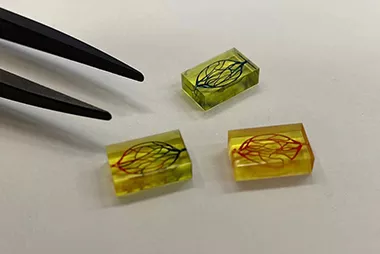
Micro 3D Printing
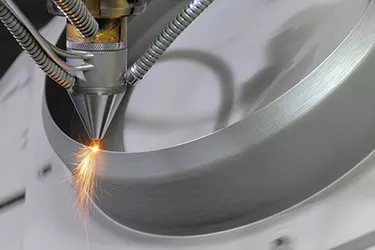
Selective Laser Melting (SLM)
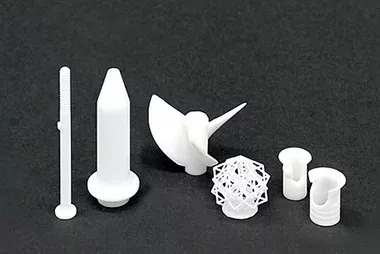
Ceramic 3D printing
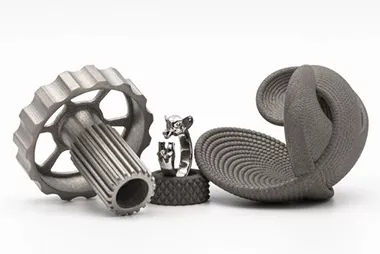
Metal 3D Printing
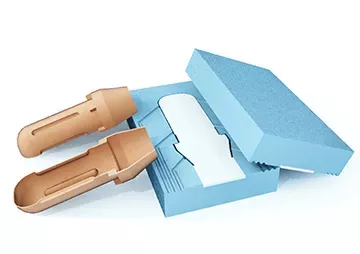
Wax Casting
Request Your Free Metal Binder Jetting 3D Printing Quote Today
After receiving your drawings, our engineers will analyze your custom Metal Binder Jetting 3D Printing parts right away. We actively work with you to clarify all details before providing a quote that is both economical and accurate.

